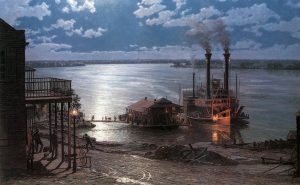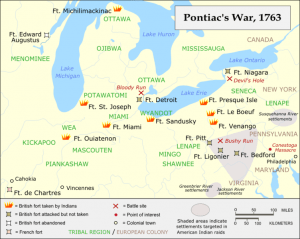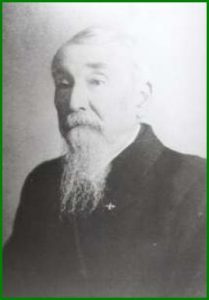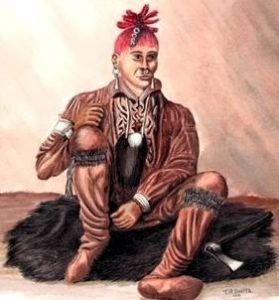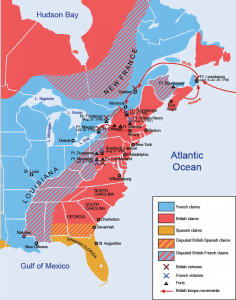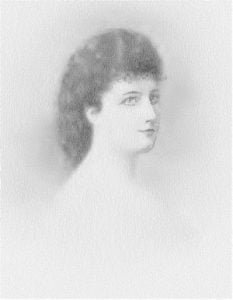On the 4th of November, 1791, a force of Americans under General Arthur St. Clair was attacked, near the present Ohio-Indiana boundary line, by about the same number of Indians led by Blue Jacket, Little Turtle, and the white renegade Simon Girty. Their defeat was the most disastrous that ever has been suffered by our arms when engaged against a savage foe on anything like even terms. Out of 86 officers and about 1400 regular and militia soldiers, St. Clair lost 70 officers killed or wounded, and 845 men killed, wounded, or missing. The survivors fled in panic, throwing away their weapons and accoutrements. Such was “St. Clair’s defeat.”
The utter incompetency of the officers commanding this expedition may be judged from the single fact that a great number of women were allowed to accompany the troops into a wilderness known to be infested with the worst kind of savages. There were about 250 of these women with the “army” on the day of the battle. Of these, 56 were killed on the spot, many being pinned to the earth by stakes driven through their bodies. Few of the others escaped captivity.
After this unprecedented victory, the Indians became more troublesome than ever along the frontier. No settler’s home was safe, and many were destroyed in the year of terror that followed. The awful fate of one of those households is told in the following touching narrative of Mercy Harbison, wife of one of the survivors of St. Clair’s defeat. How two of her little children were slaughtered before her eyes, how she was dragged through the wilderness with a babe at her breast, how cruelly maltreated, and how she finally escaped, barefooted and carrying her infant through days and nights of almost superhuman exertion, she has left record in a deposition before the magistrates at Pittsburgh and in the statement here reprinted.


